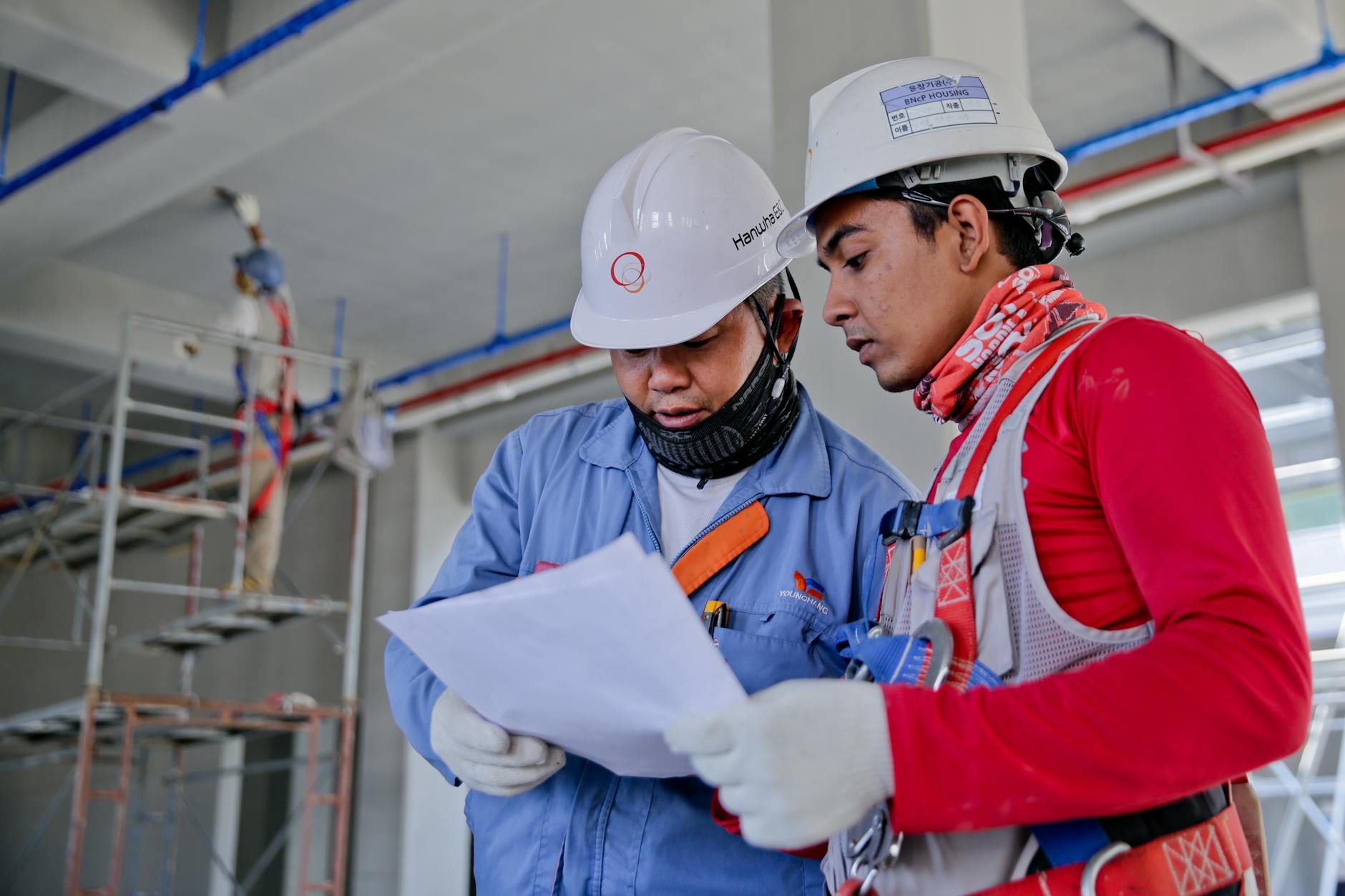
12 Golden Rules of Safety
Safety is paramount in any environment, whether it’s the workplace, home, or outdoors. Adhering to safety guidelines not only protects individuals from harm but also ensures the smooth functioning of operations. The following 12 golden rules serve as a comprehensive guide to maintaining safety in various settings.
Rule 1: Always Wear Personal Protective Equipment (PPE)
Personal Protective Equipment, or PPE, includes items such as helmets, gloves, goggles, and safety harnesses. These essential gear protect individuals from hazards such as falling objects, chemicals, and excessive noise. Whether in construction, manufacturing, or healthcare, wearing appropriate PPE significantly reduces the risk of injury or illness.
Rule 2: Follow Proper Lifting Techniques
Improper lifting techniques can lead to back injuries and muscle strains. To avoid such injuries, it’s crucial to bend at the knees, keep the back straight, and lift with the legs. Additionally, using mechanical aids like trolleys or forklifts can alleviate strain and prevent accidents.
Rule 3: Use Tools and Equipment Properly
Using tools and equipment incorrectly can result in serious injuries or damage to property. Always read and follow manufacturer instructions, inspect tools for defects before use, and wear appropriate protective gear. Regular maintenance and training on equipment usage are also essential for safety.
Rule 4: Report Hazards Immediately
Safety is everyone’s responsibility. If you notice a hazard in your environment, whether it’s a slippery floor, malfunctioning equipment, or exposed wiring, report it to the relevant authorities immediately. Prompt action can prevent accidents and ensure a safe working environment for all.
Rule 5: Take Regular Breaks
Fatigue can impair judgment and increase the likelihood of accidents. Taking regular breaks allows the body and mind to rest, reducing the risk of errors and injuries. Employers should encourage and enforce break times to promote employee well-being and safety.
Rule 6: Maintain Good Housekeeping
A cluttered or messy workspace is a breeding ground for accidents. Keep work areas clean, organized, and free of obstacles to minimize tripping hazards and improve efficiency. Implementing regular cleaning schedules and storage systems can help maintain good housekeeping practices.
Rule 7: Avoid Shortcuts
Taking shortcuts may seem like a time-saving measure, but it often leads to accidents and subpar results. Always follow established procedures and protocols, even if they seem time-consuming. Cutting corners compromises safety and can have serious consequences.
Rule 8: Practice Fire Safety
Fires pose a significant threat to life and property. Ensure all fire safety equipment, such as extinguishers and alarms, are in working order and easily accessible. Conduct regular fire drills and educate individuals on evacuation procedures to minimize the risk of injury during emergencies.
Rule 9: Stay Focused and Alert
Maintaining focus and alertness is crucial for preventing accidents, especially in high-risk environments. Avoid distractions such as excessive use of mobile phones or engaging in unrelated conversations while performing tasks. Stay vigilant and aware of your surroundings at all times.
Rule 10: Communicate Effectively
Clear and effective communication is vital for preventing misunderstandings and accidents. Use concise language, active listening, and visual aids when necessary to ensure information is conveyed accurately. Encourage open dialogue and feedback to address safety concerns promptly.
Rule 11: Know Emergency Procedures
Being prepared for emergencies can save lives. Familiarize yourself with emergency procedures specific to your environment, including evacuation routes, assembly points, and emergency contacts. Regularly review and practice emergency protocols to ensure a swift and effective response during crises.
Rule 12: Learn from Mistakes
Mistakes are inevitable, but learning from them is essential for growth and improvement. Encourage a culture of accountability and continuous learning within your organization. Analyze incidents or near misses to identify root causes and implement corrective actions to prevent recurrence.
Conclusion
Safety should always be a top priority, regardless of the setting. By adhering to the 12 golden rules of safety and promoting a culture of awareness and accountability, individuals and organizations can create safer environments for everyone.
5 Safety Rules for Electricity
Electrical Safety Rules in Industry
FAQs
- What industries do the 12 golden rules of safety apply to? The 12 golden rules of safety are applicable across various industries, including construction, manufacturing, healthcare, transportation, and more. Any environment where there are potential hazards can benefit from these guidelines.
- How can I encourage my coworkers to follow safety protocols? Lead by example, emphasize the importance of safety, provide proper training and resources, and encourage open communication about safety concerns. Creating a positive safety culture requires active participation and commitment from everyone.
- What should I do if I encounter a hazard at work? Report the hazard to your supervisor or safety officer immediately. If possible, take steps to mitigate the risk, such as cordoning off the area or addressing the issue if it’s within your capabilities. Do not ignore or attempt to deal with hazards on your own.
- Are there any online resources for learning more about workplace safety? Yes, there are numerous online resources available, including government websites, industry associations, and educational institutions. These resources offer information, guidelines, and training materials on various aspects of workplace safety.
- How often should safety protocols be reviewed and updated? Safety protocols should be reviewed regularly, at least annually, or whenever there are significant changes in the work environment, processes, or regulations. Updates should be made promptly to ensure that safety measures remain effective and relevant.

























I wont to study this information on ligne